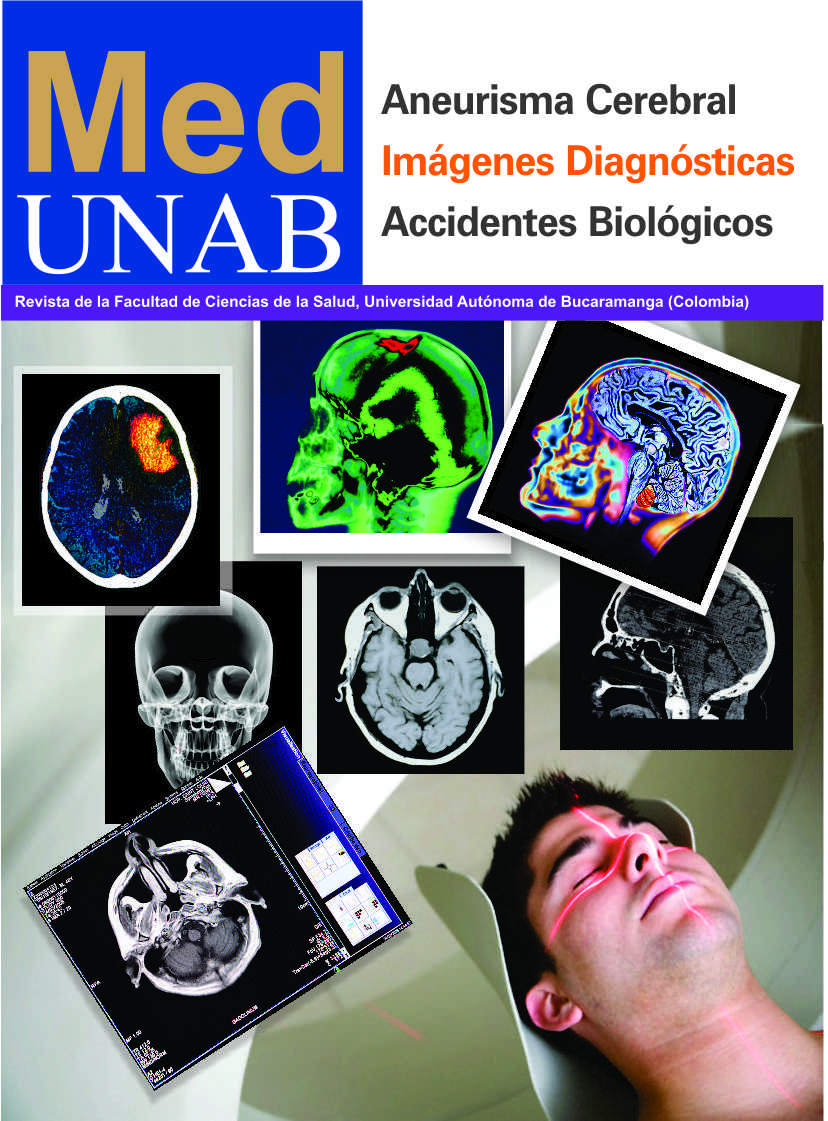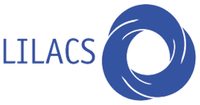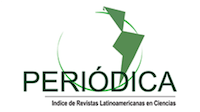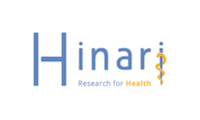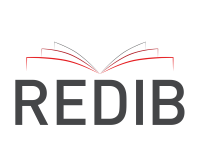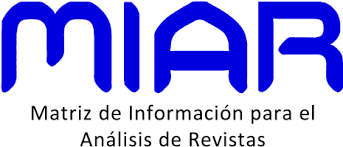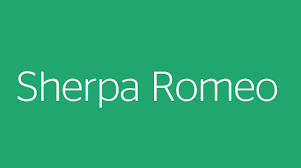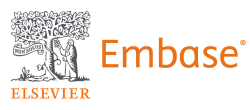Estudio con imágenes de la cefalea
Resumen
El objetivo de este artículo es brindar al clínico pautas para el uso racional y adecuado de los avances tecnológicos en imaginología, para de esta manera lograr un criterio multidisciplinario en el momento de tomar una decisión buscando el beneficio del paciente sin someterlo a exámenes de poca utilidad. Se realizó una búsqueda sistemática de la literatura médica acerca de la cefalea abarcando su fisiopatología, clasificación y, específicamente, el uso de imágenes diagnósticas. Para ello se hizo búsqueda en diferentes bases de datos según las palabras claves indicadas. El abordaje clínico y la diferenciación entre el tipo de cefalea es primordial para decidir el beneficio y la necesidad del uso de imágenes diagnósticas. Las neuroimágenes no son comúnmente solicitadas en pacientes con cefalea primaria, se comienza la sospecha clínica ante la presencia de señales de alarma. Las cefaleas secundarias requieren un estudio más extenso en los cuales se incluye la toma de imágenes radiológicas. Teniendo en cuenta los beneficios de la TC y la RM que se exponen en esta revisión, la TC es preferida en situaciones de urgencia, y para aquellas que no lo son, la RM es más adecuada. [Ortiz, C. Estudio con imágenes de la cefalea. MedUNAB 2012; 15(1):38-45].
Referencias bibliográficas
Rubinstein A, Terrasa S. Cefaleas. Medicina familiar y práctica ambulatoria. Buenos Aires: Panamericana; 2 ed, 2006: 1319-28.
Silberstein SD. Tension-type headache. Neurological therapeutics: principles and practice 2003; 22: 103.
Evans RW. Diagnosis of headaches. Handbook of headache 2000; 1-21.
Anttila P, Metsähonkala L, Sillanpää M. Long-term trends in the incidence of headache in Finnish schoolchildren. Pediatrics 20067; 117:1197–201.
Fearon P. Relation between headache in childhood and physical and psychiatric symptoms in adulthood: National Birth Cohort Study. BMJ 2001; 322:1145.
Özge A, Termine C, Antonaci F. Overview of diagnosis and management of paediatric headache. Part I: diagnosis. J Headache Pain 2011; 12:13–23.
Lateef T, Grewal M, McClintock. Headache in young children in the Emergency Department: Use of computed tomography. Pediatrics 2009; 124:e12-e17.
Rusell AA. Prevalence of headache and migraine in school children. BMJ 1994; 309:765-9.
Latinovic R, Gulliford M, Ridsdale L. Headache and migraine in primary care: consultation, prescription and referral rates in a large population. J Neurol Neurosurg Psychiatry 2006; 77:385-7.
Rueda-Sánchez M, Mantilla FJ, Ortiz CJ. Prevalencia de cefaleas en un servicio de urgencias en Colombia. Rev Neurol 2005; 40:209-13.
Pradilla G, Vesga BE, León-Sarmiento FE, Bautista LE, Núñez LC, Vesga E, et al. Neuroepidemiología en el oriente colombiano. Rev Neurol 2002; 34: 1035-43.
Clinch R. Evaluation of acute headaches in adults. Am Fam Phys 2001; 63:685-92.
May A. The role of imaging in the pathophysiology and diagnosis of headache. Curr Op Neurol 2005; 18:293-7.
Headache Classification Subcommittee of the International Headache Society.International Classification of Headache Disorders 2nd Edition. Cephalgia 2004; 24:8-136.
Lipton RB, Bigal ME. Differential diagnosis of primary headaches. An algorithm based approach. Migraine and other headache disorders. Healthcare 2006; 145-54.
Bigal ME, Lipton RB. The differential diagnosis of chronic daily headaches: an algorithm-based approach. J Headache Pain 2007; 8:263-72.
Sempere AP, Porta-Etessam J, Medrano V. Neuroimaging in the evaluation of patients with non-acute headache. Cephalalgia 2005; 25:30-5.
Sobri M, Lamont AC, Alias NA. Red flags in patients presenting with headache: Clinical indications for neuroimaging. Br J Radiol 2003; 76:532-5.
Quality Standards Subcommittee of the American Academy of Neurology. Practice parameter: the utility of neuroimaging in the evaluation of headache in patients with normal neurologic examinations (summary statement). Report of the Quality Standards Subcommittee of the American Academy of Neurology. Neurology 1994; 44:1353-4.
Becker LA, Green LA, Beaufait D. Use of CT scans for the investigation of headache: a report from ASPN. Part 1. J Fam Pract 1993; 37:129-34.
Vázquez-Barquero A, Ibáñez FJ, Herrera S. Isolated headache as the presenting clinical manifestation of intracranial tumors: a prospective study. Cephalalgia 1994; 14:270-2.
Silberstein SD. Practice parameter: evidence-based guidelines for migraine headache (an evidence-based review): Report of the Quality Standards Subcommittee of the American Academy of Neurology. Neurology 2000; 56:142.
Lewis DW, Ashwal S, Dahl G. Practice parameter: Evaluation of children and adolescents with recurrent headaches: Report of the Quality Standards Subcommittee of the American Academy of Neurology and the Practice Committee of the Child Neurology Society. Neurology 2002; 59:490–8.
Laszlo LM. Neuroimaging of headaches. Am Acad Neurol 2008; 14:94-117.
Cochrane J. Neuroimaging for headache. Radiology Rounds 2006; 4:1-4.
Brenner DJ, Hall EJ. Computed tomography—an increasing source of radiation exposure. N Engl J Med 2007; 357:2277–8.
Descargas
Derechos de autor 2022 MedUNAB

Esta obra está bajo una licencia internacional Creative Commons Atribución-NoComercial 4.0.
| Estadísticas de artículo | |
|---|---|
| Vistas de resúmenes | |
| Vistas de PDF | |
| Descargas de PDF | |
| Vistas de HTML | |
| Otras vistas | |



